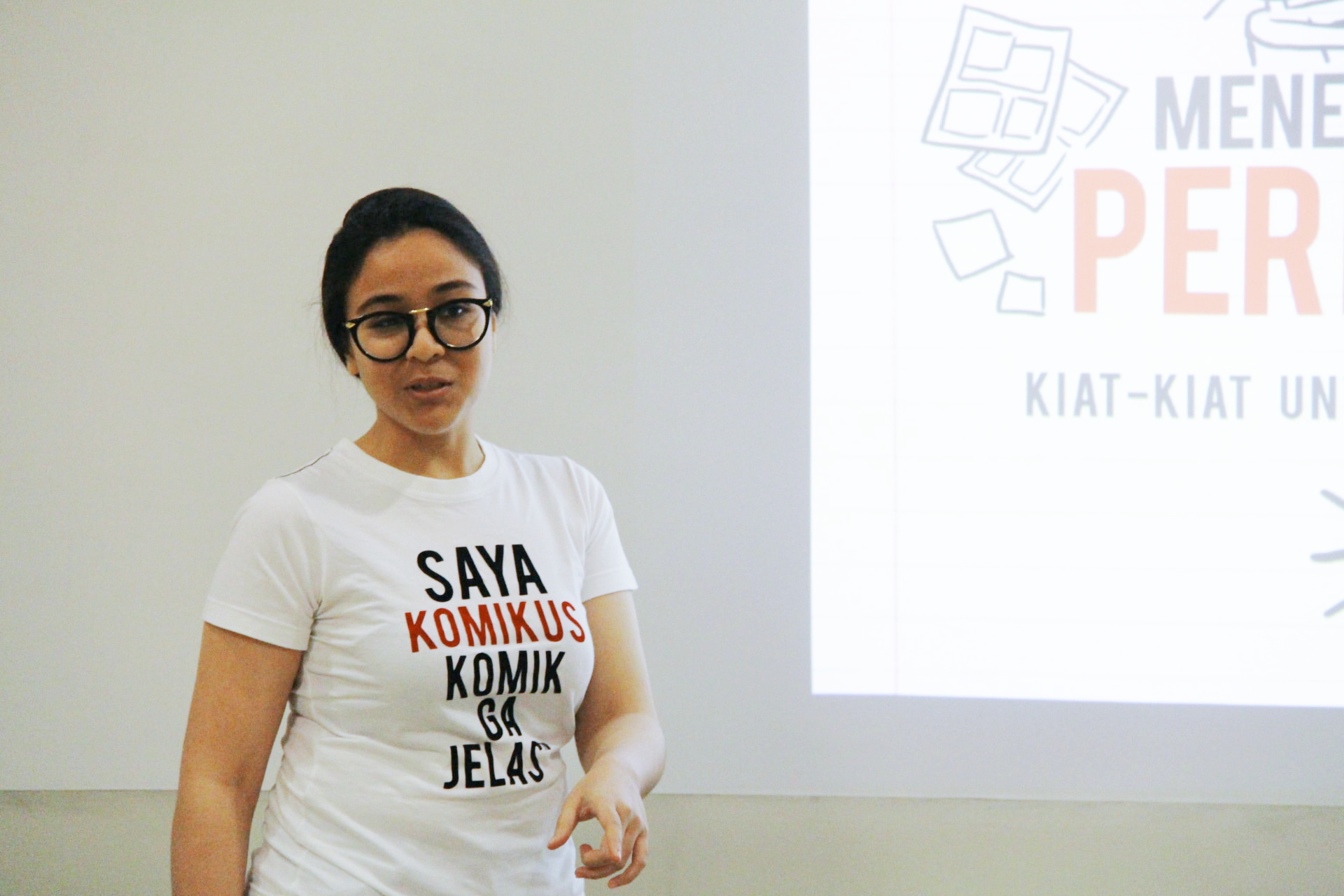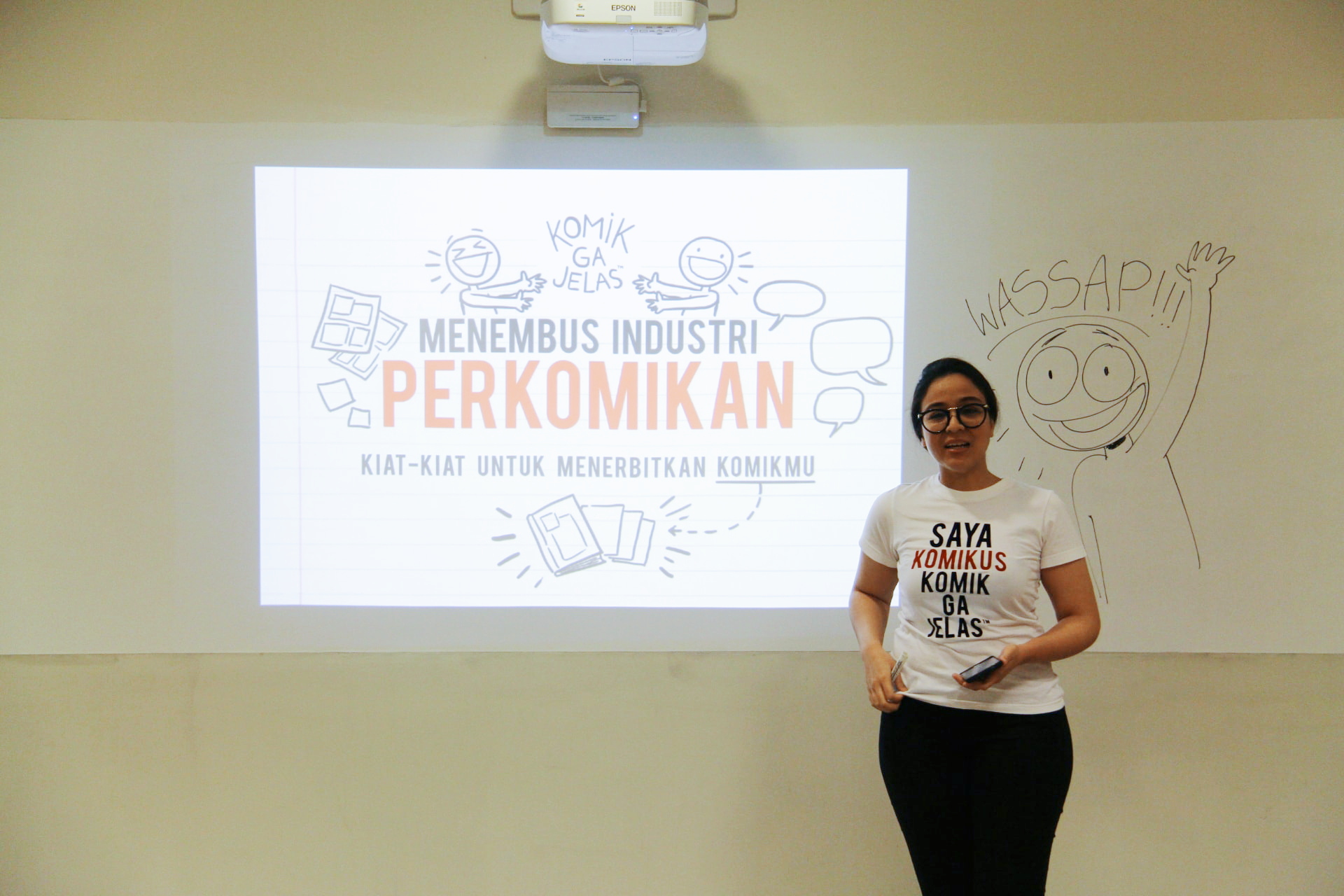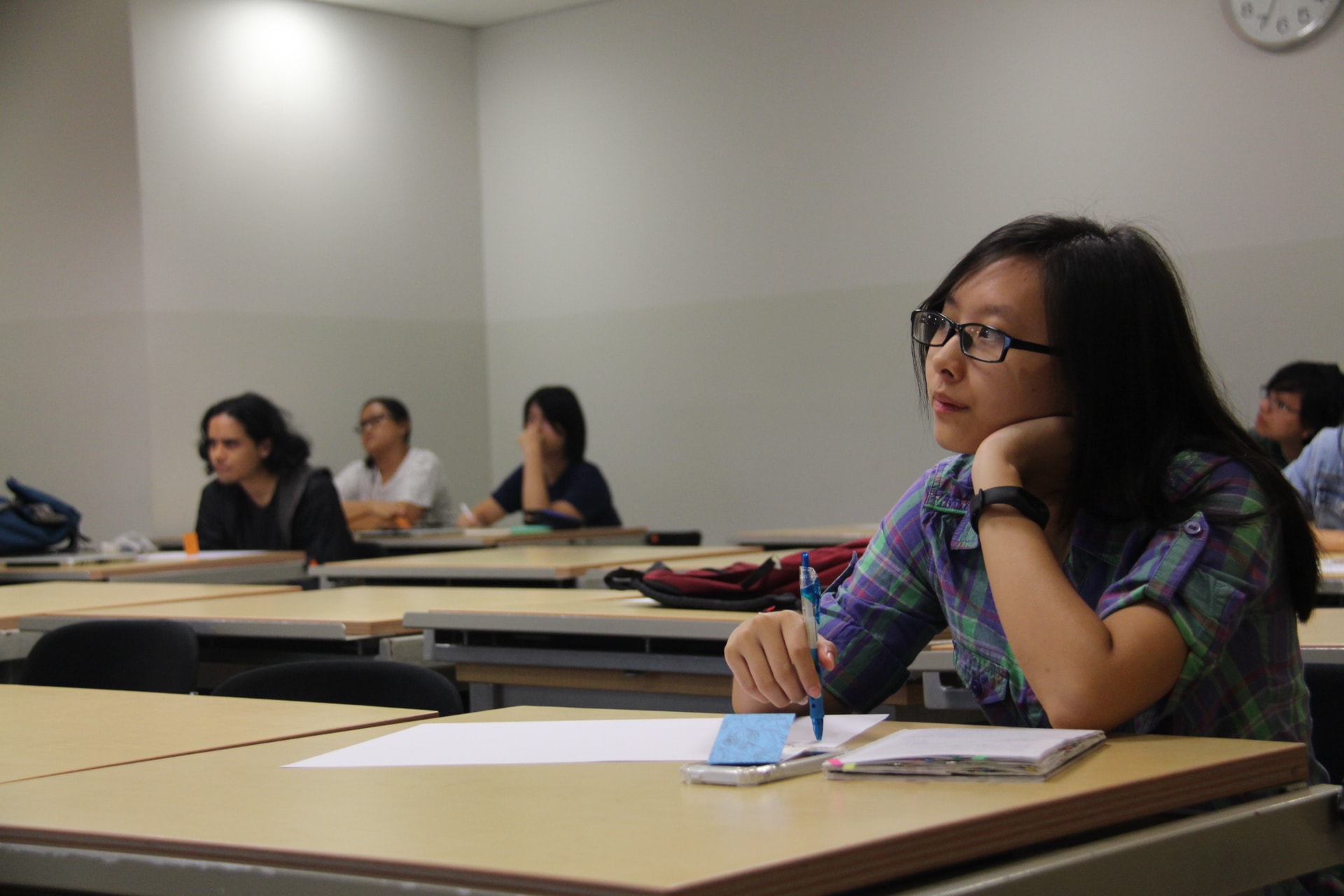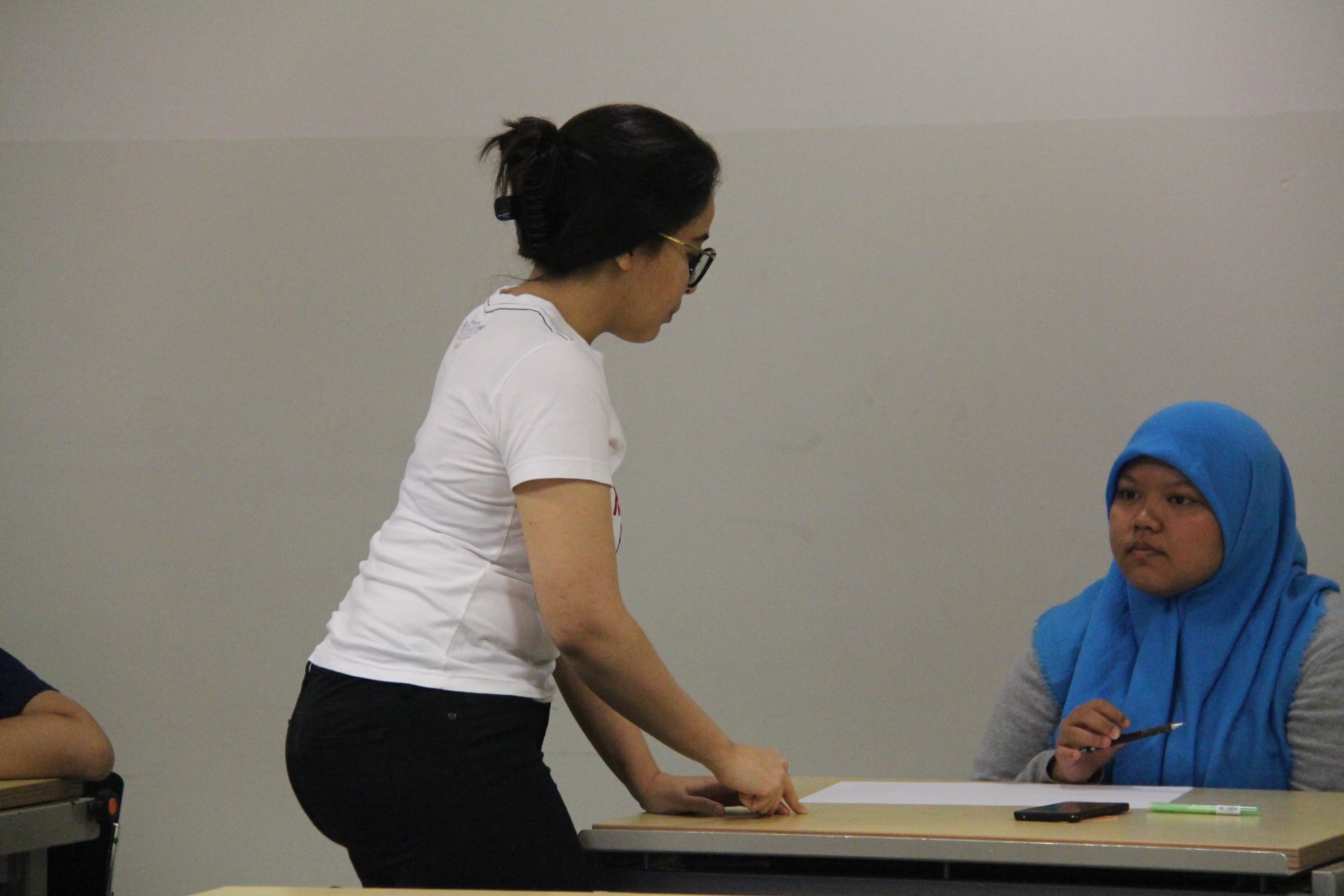Breaking into the Comic Industry: How to Publish Your Comic Book
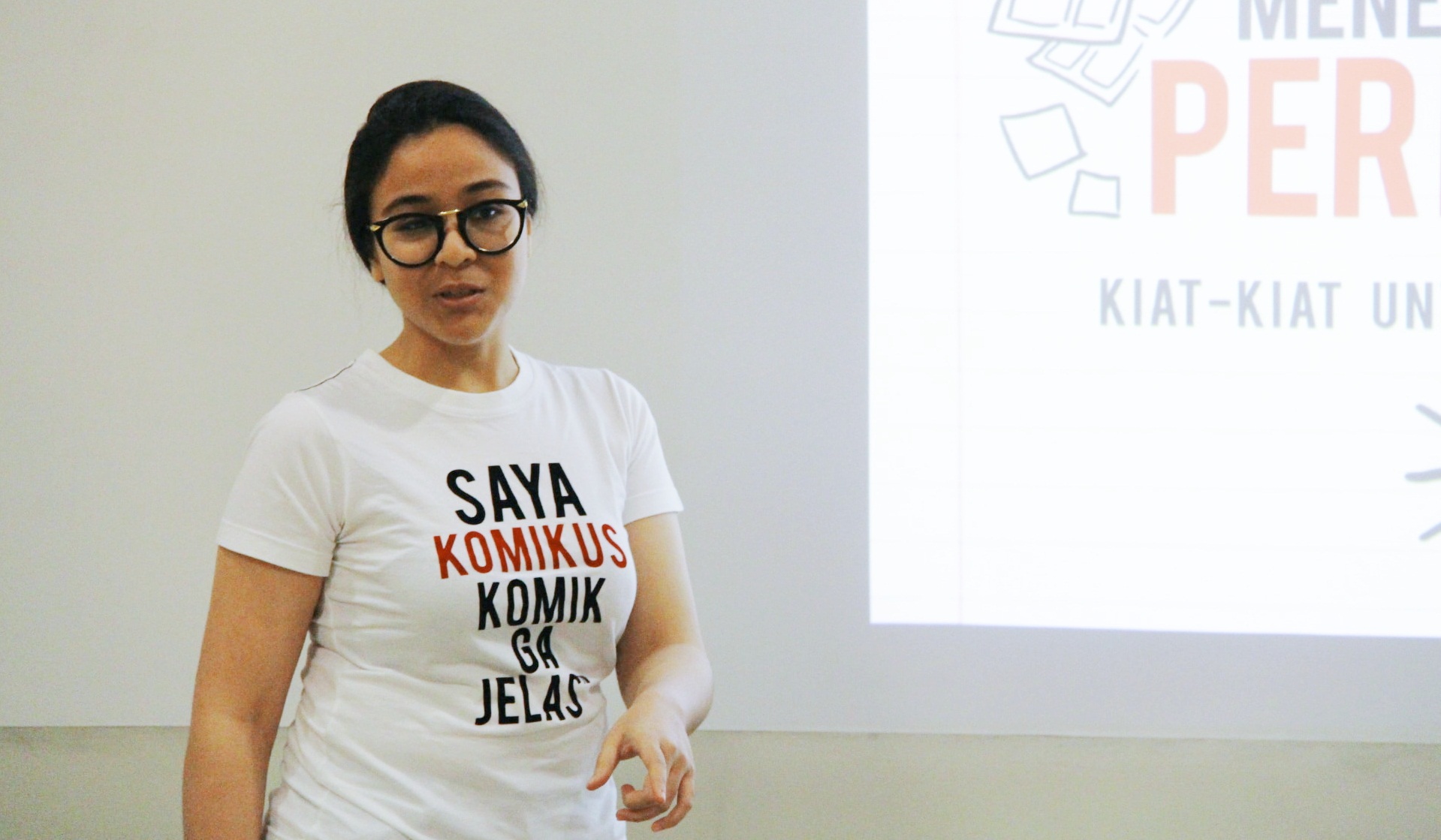
Creating and publishing one’s own comic book perhaps is a big dream for many people. The existence of comic-based movies, comic book related conventions, and social media can also ignite their desires and expectations even more. However, not everyone can publish their creations, even if they are actually talented in drawing and writing stories.
Jasmine Hanny Surkatty, an alumnae from the Graphic Design and New Media program of BINUS Northumbria School of Design, also known as the creator of Komik Ga Jelas, said that publishing comic books is indeed not an easy task. “There are some problems that are faced by comic artists, especially in Indonesia,” Jasmine said in the “How to Break into the Comic Industry” workshop during the Port o’ Folio 2017, on Thursday, 6 July 2017, at the BNSD fX Campus.
The first problem is it is actually difficult to make a living from comics. Another problem is the lack of the most recent information about the creative industry. The third one, she continued, is the comic creators’ tendency to not combine their comics and business.
To tackle those problems, Jasmine explained, there are three things that need to be done by those who want to enter and survive in the industry. First, comic creators have to understand the local industry. They have to routinely read news in the creative industry from inside and outside the country, and actively attend talk shows, participate in workshops, or directly discuss aspects with the industry participants. “Here in Indonesia, we actually have several comic-related events such as Indonesia Comic Con, Popcon Asia, and Comifuro,” she said.
The second one is to understand the local industry “players” by trying to reach out and know as many people as possible, no matter what their expertise are. They need to expand their horizons because becoming comic artists or creators doesn’t mean they only interact and socialize with fellow comic creators. For example, she explained, by socializing with an animator, a comic creator can collaborate with him or her, so the comic can be animated.
Comic creators also have to understand and actively introduce their own works. It is important for every comic creator to prepare and bring their work samples (in physical and digital forms) and business cards that represent their intellectual property’s essence with them. “Yes, first impression matters,” Jasmine continued.
Idealism Versus the Market
One question that is often asked when a comic creator is entering the business is should I stick to my idealism, or should I follow the market demand? For Jasmine, the answer is both of them should be balanced.
Jasmine gave superhero comics like Marvel’s and DC’s and European comics like The Adventures of Tintin as examples. Those comics, she explained, can compete in the industry while maintaining their idealism and character. “The same goes with me. No matter what, I want to make a comic with absurd stories in Komik Ga Jelas,” she said.
To be able to successfully balance these two factors, brand crafting is crucial. Comic creators have to carefully craft their comic brands and put their idealism as well as a personality or character into the brand.
There are markets for every comic’s idealism and character. However, according to Jasmine, creating good comic books with idealism isn’t enough. “A good book will sell itself, but how do we get it sold if it’s unnoticed?” Jasmine said.
Therefore, there are questions that need to be answered by comic creators. The first question is what does your comic stand for? The creators have to understand what their comics are about, including the style, character, and so on. Comic creators, she continued, have to keep the consistency of these factors.
The second one is what’s the difference between your product and other products? Comic creators have to find and set distinctive factors that differentiate their comic books with one another, even if the theme actually has some similarities. Hence, the readers won’t feel like they are reading two or more similar books.
Another important aspect is the first impression through the cover. A good cover can attract attention and give an impression that the book itself is good overall, and vice versa. “People do judge a book by its cover because first impression matters,” Jasmine explained.
After creating the comics that they want, comic creators need to reach the market or potential readers. Therefore, they must find the right method and channel. For example, she continued, a humorous comic like Komik Ga Jelas can’t be put together with shoujo or shounen comics. With the combination of right branding crafting as well as right marketing and sales strategies, a comic book no matter what the idealism is, can meet its market.
According to Jasmine, there are various ways for comic creators to publish their creations. They can publish their comics through traditional publishers, contemporary publishers (such as Kosmik and Re:ON), or even independently via social media.
Pitching and Creating a Proposal
If comic creators want their comic books to be published by a publisher, they have to create a proposal and do pitching. These steps are crucial because they can determine whether their comics will be published, rejected, or even blacklisted.
For a successful pitching, Jasmine gave some tips. The first one is introducing his or herself and the product straightforwardly in the form of an opening statement (face-to-face or via email). Second, create a neat, nice, and attractive proposal. The last one is send the proposal to the right destination.
Meanwhile, when making a proposal, there are a few things to note. The content of a good proposal consists of a premise, concept, synopsis, theme, genre, the characters, the designs, and the storyline including a comic sample. “The creators also need to do research about the possible publishers first because each publisher has their own standards and submission requirements,” Jasmine added.
About Komik Ga Jelas
Komik Ga Jelas is a comic strip that was created by Jasmine and published for the first time in February 2014. This humor comic is active until now through various social media platforms like Facebook, Instagram, and Twitter.
Jasmine said that right now she’s planning to develop the comic and intellectual properties. The development will be done through several brand activations such as Komik Ga Jelas Volume 2 by collaborating with online media portals, engaging in promotional activities, and launchings at events like Indonesia Comic Con and Popcon Asia.
She also plans to create some derived products like Game Ga Jelas and some merchandise. “I have to pick up the ball, not only wait for an opportunity to come,” Jasmine explained.
You can find Komik Ga Jelas on Facebook, Twitter, and Instagram.
(ERON)




